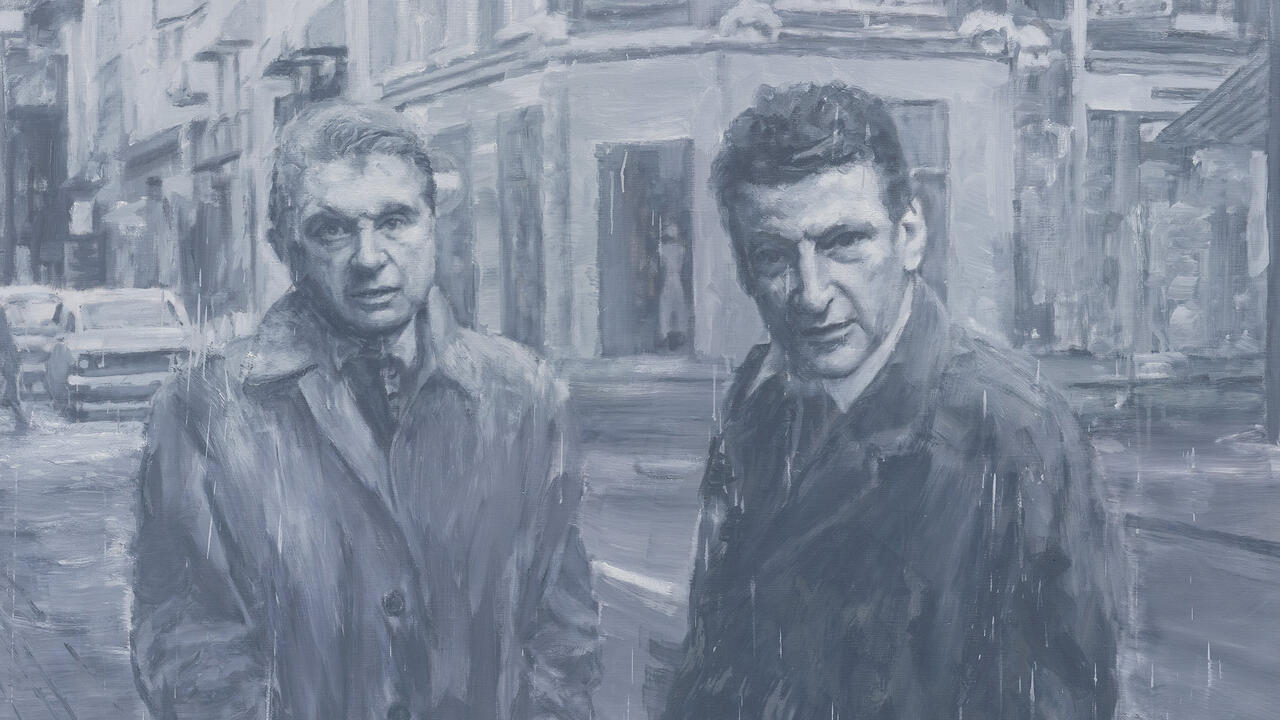The New Museion
A South Tyrol institution gets an impressive new home
A South Tyrol institution gets an impressive new home

For the South Tyrol, cultural separateness has been a blessing and a curse ever since the region was given to Italy following the dissolution of the Austro-Hungarian empire in 1919. Having been subject to a re-Italianification programme under Mussolini, during which Sicilians and Neapolitans were relocated to the area in order to counter its distinctly Germanic flavour (even now the population is largely bilingual), today the province enjoys administrative autonomy and a wealthy local government. Its new museum, in the town of Bolzano, owes its economically comfortable circumstances to the fact that it is funded by the provincial government, rather than that of the country. In fact the institution, Museion, has existed for more than 20 years, but has just moved into striking and imposing new premises designed by the Berlin architects Krüger Schuberth Vandreike. The building, which reportedly cost around €30 million, sits a few doors up from a notoriously dilapidated prison; while arts funding in the province comes under local control, the police force and prisons are funded by the state.
Such tensions are not lost on Corinne Diserens, the recently appointed director of the museum. Part of the building’s development includes a dramatic serpentine double-bridge that creates a new connection between the Mussolini-built, Italianate district of the town and the older Germanic town centre – the building, significantly, offers entrances facing in both directions. While Diserens refuses to commit to showing the work of ‘local’ artists (‘International artists are all local somewhere’ she says), Museion’s programme includes curatorial research coordinated with Bolzano’s university, residencies for visiting artists, and, remarkably, a public lending library. The director sees no reason why Museion should not combine its role as a laboratory and a catalyst for production with the maintenance and cultivation of a high quality collection of modern and contemporary art.

Hélio Oiticica
Museion’s first exhibition in its new premises, the inauspiciously titled ‘Peripheral Vision and Collective Body’, is both an example and an illustration of this approach. An example because of the way in which it integrates pieces from the existing collection with borrowed works and newly commissioned projects. An illustration because of its discussions around the individual’s relation to collective consciousness, and the ways in which micro narratives bob, drift and swim against the currents of the macro. In historical terms the exhibition draws on the dialogue between the American post-war avant-garde, its European influences and the artists who have had subsequently to position themselves in relation to it. (Visitors are greeted by recreation of Vladimir Tatlin’s 1919 Model of the Monument to the Third International placed next to Art & Language’s Portrait of V.I Lenin in the Style of Jackson Pollock (I) and (II), both 1978-79.) The exhibition describes a movement towards a preoccupation with the individual, the anachronistic and the bodily specific. Videos of actions by Bruce Nauman, Dan Graham and Robert Morris provide precedents to works such as Sediments sediments (Figures of speech) (2007) by Allora and Calzadilla, in which two prostrate opera singers perform fragments from key historical speeches surrounded by apocalyptic plaster shards.

Allora and Calzadilla, Sediments sediments (Figures of speech) (2007)
Perhaps the exhibition’s most fruitful thematic investigation is into the idea of ‘peripheral vision’, understood on one level in its neurological sense: the sensorial perception of things not just on the edge of vision but invisible things sensed, touched, felt to be there. In Allan McCullom’s remarkable The Kansas and Missouri Topographical Model Donation Project (2003), the artist is photographed delivering unpainted models of each state (ostensibly flat white slabs) to 120 small museums. Alongside Hélio Oiticica, Lygia Clark, Walther Pichler and Carsten Höller’s installations and sculptures that invited physical engagement, is Anri Sala’s Ulysses (2008). Amongst scattered and incomplete clues to the form of the band Franz Ferdinand’s unreleased single ‘Ulysses’ was a score, made up of quotations from James Joyce’s novel of the same name, displayed in front of a drum kit. At night, a live image of the drum kit was projected on the facade of the museum; visitors were invited to take up the sticks and translate the score into music, upsetting the sequence of dispersal from public to private to which pop traditionally adheres. The work was emblematic of the way in which Museion is creating space for individual engagement within projects that operate on a wider, international level: the micro contributing actively and critically to the macro.

















